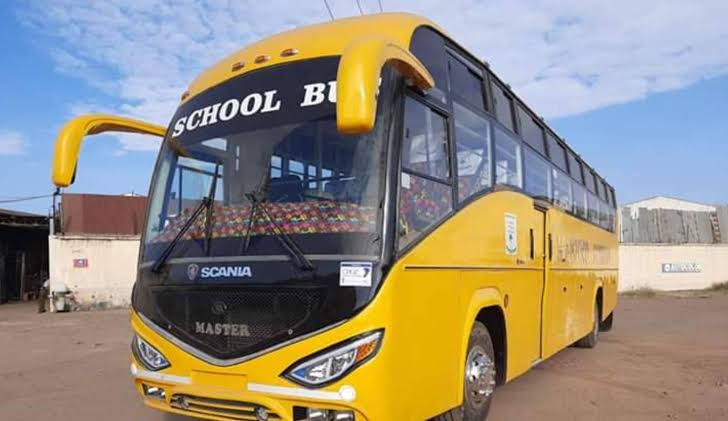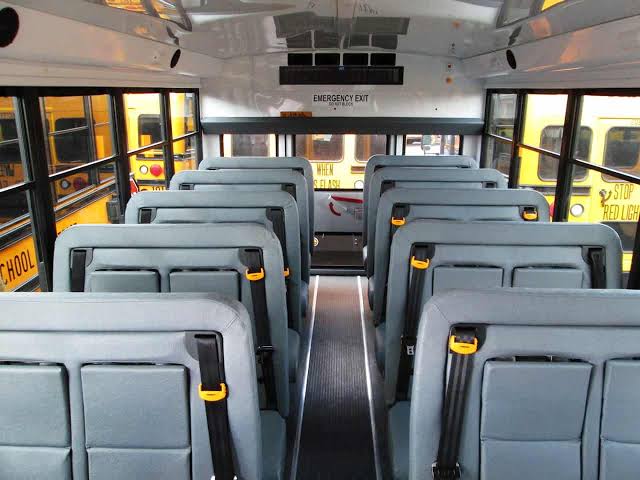As schools reopen amidst the ongoing global pandemic, ensuring the safety of students during their commute becomes paramount. School buses, often the primary mode of transportation for students, must adhere to stringent regulations and requirements to guarantee the well-being of their passengers. Here are some indispensable measures that school buses should implement:

1. Valid Inspection Certificate: Before hitting the road, every school bus must undergo a thorough inspection to ensure it meets safety standards. This certificate indicates that the vehicle is roadworthy and fit for transporting students.
2. Valid Road Service License: Operating a school bus without a valid road service license is not only illegal but also poses significant risks to passengers. A valid license ensures that the bus complies with regulations and is authorized for public transportation.
3. Functional Seat Belts: Seat belts are essential for the safety of students in case of sudden stops or accidents. Each seat on the school bus should be equipped with functional seat belts, and students should be encouraged to use them at all times.
4. Valid Vehicle Insurance: Adequate insurance coverage is crucial for protecting both passengers and the vehicle in the event of an accident. School buses must have valid insurance policies that cover liabilities and damages.

5. Requisite Driver Endorsement: The driver of a school bus must possess the necessary endorsements on their driver’s license to operate such a vehicle. This endorsement indicates that the driver has undergone specialized training and is qualified to transport students safely.
6. Valid PSV Badge: Public Service Vehicle (PSV) badges are issued to drivers who meet specific requirements and standards set by regulatory authorities. It serves as a mark of credibility and ensures that the driver is authorized to transport passengers, including students.
7. Functional Speed Limiter: Speeding is a significant cause of accidents on the road, especially when it involves large vehicles like school buses. Installing a functional speed limiter helps regulate the vehicle’s speed and prevent it from exceeding safe limits.
8. Integration with Road Safety Management Systems: To enhance monitoring and enforcement, school buses should be integrated into intelligent road safety management systems. This ensures real-time tracking of vehicles and facilitates prompt intervention in case of emergencies.

Prioritizing safety standards for school buses is non-negotiable, especially in the context of schools reopening amid uncertainties. By adhering to these essential requirements, authorities can mitigate risks and provide students with a secure transportation experience. It’s not just about getting students to school; it’s about ensuring they arrive safely, ready to learn and thrive.




